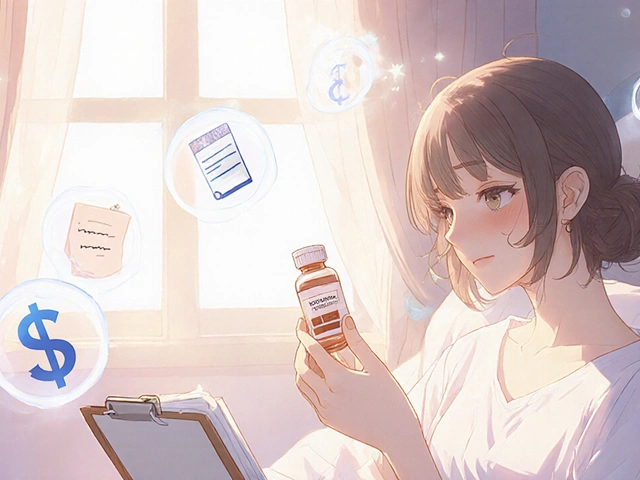Ocular Inflammation: What It Is and Why It Matters
When the tissues inside or around your eye swell and turn red, you’re dealing with ocular inflammation. It’s a catch‑all term that covers everything from a mild pink eye to a serious uveitis that can threaten vision. The good news is most cases are treatable if you spot them early.
Common Causes and Types
Infections are the most obvious trigger – bacteria, viruses, or fungi can irritate the conjunctiva (the thin membrane covering the white of the eye) or deeper structures like the iris. Allergies also love to spark inflammation, especially during pollen season. Auto‑immune disorders such as rheumatoid arthritis or sarcoidosis sometimes turn the eye into an accidental target, leading to conditions like anterior uveitis.
Besides these, trauma (a scratched cornea or a blunt hit) and dry‑eye syndrome can set off an inflammatory response. Even certain medications, like topical steroids used incorrectly, can backfire and cause a flare‑up.
How to Recognize the Symptoms
The signs are often unmistakable: redness, gritty feeling, tearing, and light sensitivity. If the inflammation is deeper, you might notice blurred vision, floaters, or a colored ring around the pupil. Pain varies – a mild ache points to conjunctivitis, while a sharp, throbbing pain usually means something more serious, like iritis.
Don’t ignore a sudden loss of vision or a noticeable change in how your eye looks. Those symptoms signal that you need professional care right away.
Other red flags include persistent swelling that doesn’t improve after a few days of over‑the‑counter drops, or a history of autoimmune disease that suddenly flares in the eye.
Getting the Right Diagnosis
An eye doctor will start with a basic exam, checking visual acuity and using a slit‑lamp to look at the eye’s front structures. They may dilate your pupils to see the back of the eye, looking for signs of uveitis or retinal involvement. In some cases, lab tests or imaging (like OCT) are needed to rule out infection or systemic disease.
Accurate diagnosis matters because treatment differs: antibiotics for bacterial conjunctivitis, antihistamine drops for allergies, and steroids or immunosuppressants for autoimmune‑related inflammation.
Effective Treatment Options
For mild cases, lubricating eye drops and cool compresses can relieve discomfort. Prescription antimicrobial drops clear up bacterial infections quickly. If allergies are the culprit, antihistamine or mast‑cell stabilizer drops work best.
When inflammation is deeper, ophthalmologists may prescribe corticosteroid eye drops or oral steroids to calm the immune response. In chronic cases, non‑steroidal anti‑inflammatory drugs (NSAIDs) or disease‑modifying agents like methotrexate may be recommended.
Never self‑prescribe steroids; improper use can increase pressure inside the eye and lead to glaucoma.
Preventing Future Flare‑Ups
Good hygiene is the first line of defense – wash your hands frequently, avoid touching your eyes, and replace contact lenses as directed. If you have allergies, keep windows closed during high pollen days and use a humidifier to soothe dry air.
Regular eye exams help catch early signs before they become a problem, especially if you have a known autoimmune condition. Your doctor can adjust medication doses or suggest lifestyle tweaks to keep inflammation at bay.
In short, ocular inflammation is common but rarely fatal when managed promptly. Recognize the symptoms, seek professional care, and follow a tailored treatment plan to keep your eyes healthy and your vision sharp.

FML Forte (Fluorometholone) vs Other Steroid Eye Drops - Pros, Cons & Alternatives
A deep dive into FML Forte (Fluorometholone) eye drops, comparing potency, side‑effects and safety with other steroid and non‑steroid alternatives for ocular inflammation.




